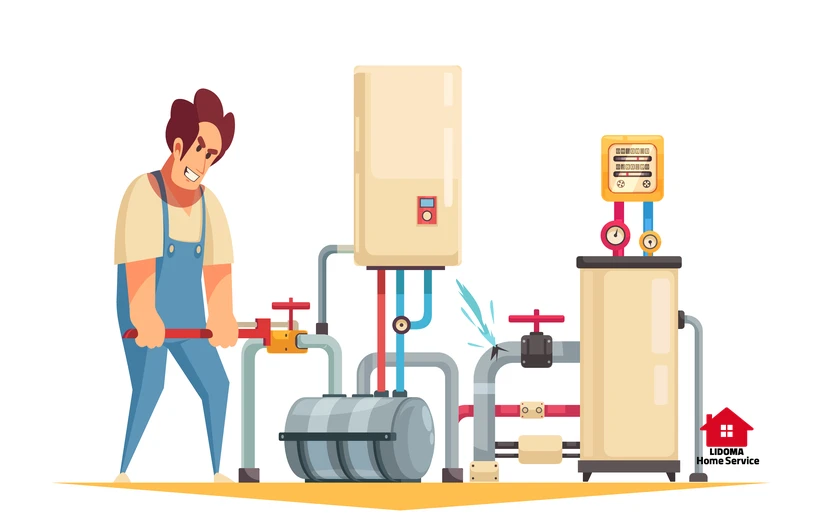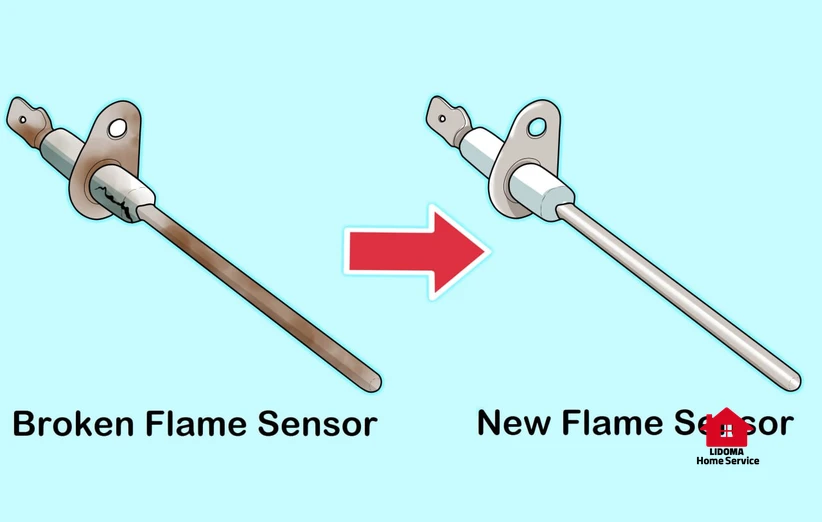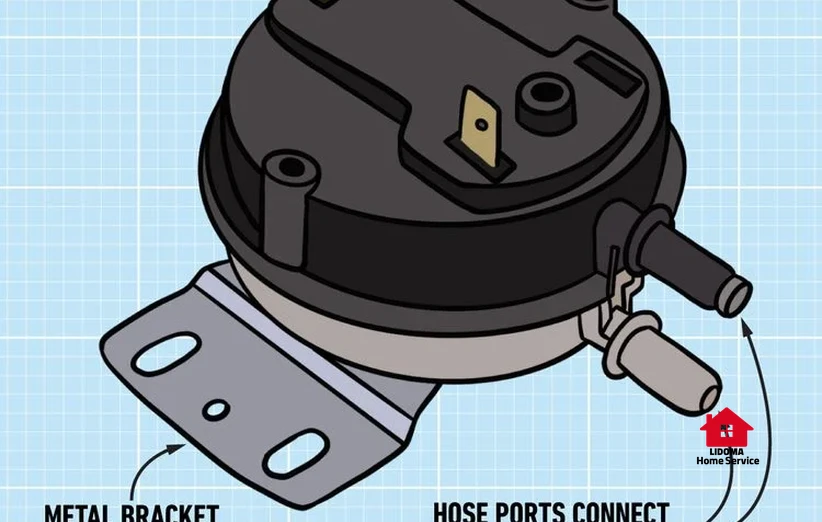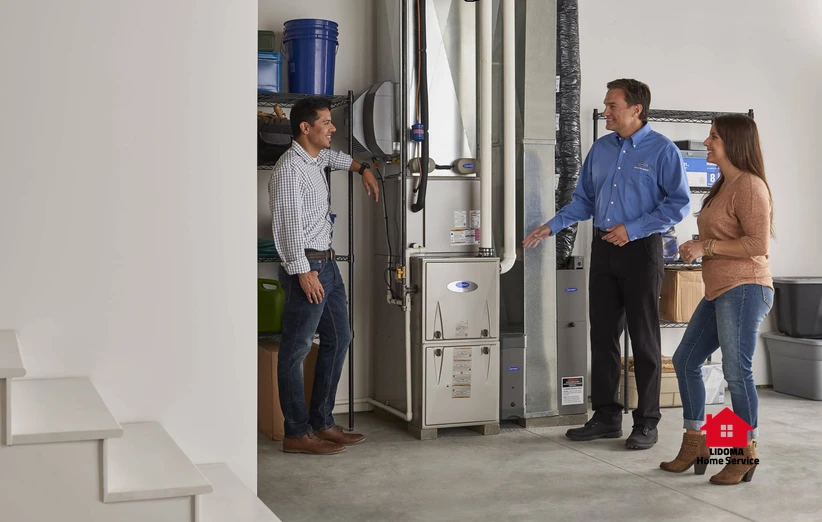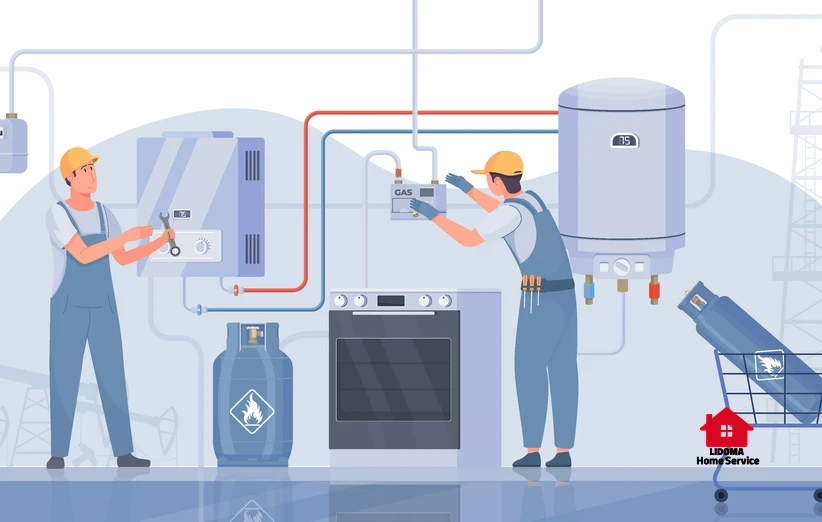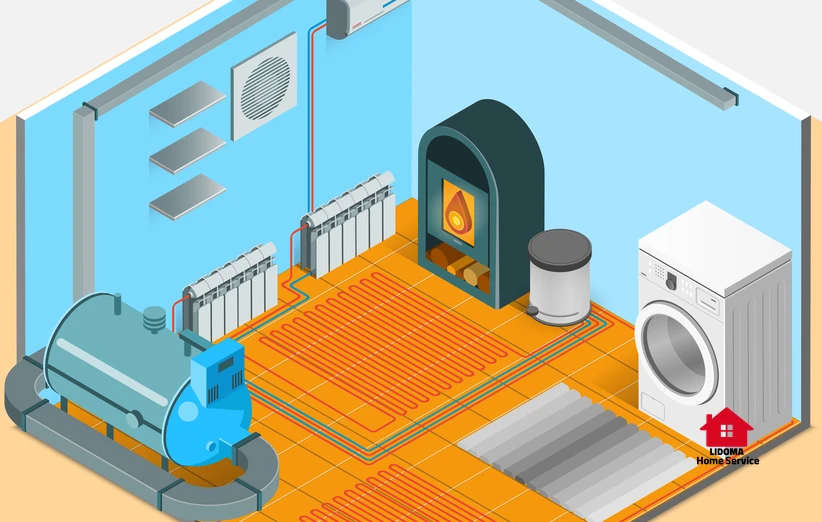How to diagnose my furnace by my own?
Step-by-step guide for Winnipeg homeowners to safely troubleshoot common furnace problems before calling a professional.
Learn how to diagnose furnace issues on your own with safe DIY checks, common signs of trouble, and when to call a professional in Winnipeg.
Many furnace issues can be checked at home before scheduling a repair call. This guide explains common signs of furnace problems, safe DIY troubleshooting steps, and when it’s best to contact a professional HVAC technician in Winnipeg.
Safety first: what to know before checking your furnace
Furnaces involve electricity, natural gas, combustion, and ventilation. While there are safe checks you can perform as a homeowner, anything beyond basic inspection should be left to a licensed technician. Before you begin:
- Turn off power to the furnace at the service switch or breaker if you’ll be opening panels.
- Do not attempt gas line adjustments or burner repairs.
- Keep tools simple — flashlight, replacement air filter, screwdriver for panels.
- If you smell gas, evacuate immediately and call your utility provider or 911 before calling an HVAC contractor.
Basic checks every homeowner can perform
Before assuming your furnace is broken, confirm the following basics:
- Thermostat settings — Make sure the thermostat is set to heat mode, the temperature is above room level, and batteries (if present) are fresh.
- Power supply — Check the furnace switch (usually a light-switch-style toggle near the unit) and the main electrical panel breaker. Reset if necessary.
- Air filter — A clogged filter is one of the most common reasons for poor airflow, overheating shutdowns, or frequent cycling. Replace if dirty.
- Vents and registers — Ensure supply registers are open and not blocked by furniture or rugs. Check return grilles for dust buildup.
- Pilot light or igniter — For older units with a standing pilot, verify it’s lit. For newer models, check that the electronic igniter glows when starting.
These quick checks resolve many “no heat” calls without further action.
Common signs of furnace trouble and what they mean
Recognizing patterns helps you understand whether the issue is minor or serious:
- Furnace not turning on at all — Often thermostat batteries, tripped breakers, or blown fuses.
- Furnace starts but shuts off quickly — Could be due to a clogged filter, blocked vent, or dirty flame sensor.
- Cold air from vents — May indicate an overheated furnace shutting off burners, a faulty igniter, or incorrect thermostat fan settings.
- Unusual noises (grinding, banging, squealing) — Usually mechanical wear (blower motor, bearings, belts) that requires professional attention.
- Uneven heating across rooms — May signal duct issues, blocked vents, or fan speed problems.
While you can identify these symptoms, actual repairs (especially electrical or gas components) should only be performed by qualified technicians.
Step-by-step troubleshooting flow you can try
Here’s a simple sequence Winnipeg homeowners can follow before making a service call:
- Confirm thermostat → replace batteries, reset settings.
- Check power supply → breaker and service switch on.
- Inspect and replace air filter → if clogged, replace and restart furnace.
- Reset furnace → some models have a reset button inside the blower compartment. Press once (not repeatedly).
- Observe furnace startup sequence → listen for the inducer motor, igniter glow, gas valve click, and burner ignition. If it stops mid-sequence, note where and report to your technician.
These steps don’t fix every issue, but they provide valuable information for diagnosing the root problem quickly.
When it’s time to call a professional
Some situations require immediate expert service, including:
- Repeated tripping of the breaker or fuse.
- Gas odors or suspected carbon monoxide leaks.
- Loud metallic noises during operation.
- Pilot light that won’t stay lit or repeated ignition failure.
- Visible rust, cracks, or soot around the furnace.
Delaying professional service in these cases can risk safety, higher repair costs, or complete furnace failure. Licensed Winnipeg HVAC technicians have the tools and training to address these issues safely.
Preventing future furnace problems
The best way to reduce furnace breakdowns is preventive care:
- Replace filters regularly — every 1–3 months depending on use.
- Schedule annual tune-ups — a professional inspection before winter ensures efficiency and safety.
- Keep vents and returns clear — promote even airflow across your system.
- Seal ducts and insulate where possible to reduce wear and improve efficiency.
- Consider upgrading if your furnace is over 15–20 years old and experiencing frequent repairs.
A little maintenance saves money, improves comfort, and extends equipment life.
Key takeaway for Winnipeg homeowners
You can safely check basic furnace issues yourself: thermostat, power, filters, and airflow. These steps often resolve minor problems. But when the issue involves gas, electrical components, or persistent failures, it’s safer and more effective to call a professional HVAC company in Winnipeg.
If your furnace isn’t working properly after basic checks, book a service appointment with a certified technician in Winnipeg. A professional inspection ensures your heating system is repaired safely and efficiently, keeping your home warm through the coldest months.
